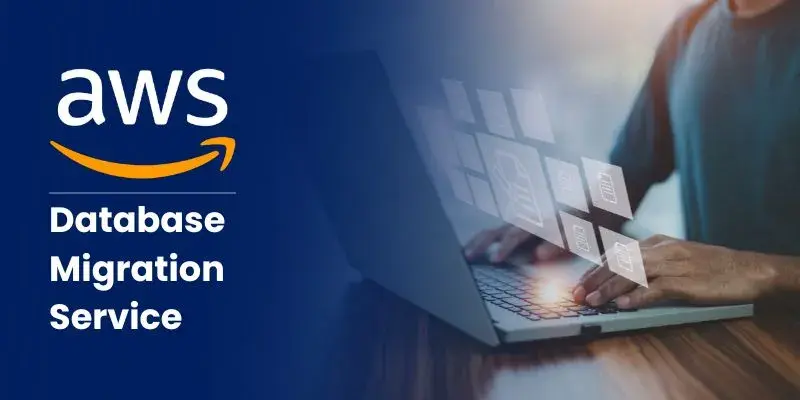Cloud Security Posture Management – How to Stay Compliant
- Lency Korien
- Feb 14
- 3 min read
Cloud computing has become the backbone of modern business operations. Organizations are increasingly migrating their workloads, applications, and data to the cloud to leverage its scalability, flexibility, and cost-efficiency. However, with this shift comes a new set of challenges, particularly in ensuring cloud data protection, security, and compliance of cloud environments. This is where Cloud Security Posture Management (CSPM) comes into play.
CSPM is a critical component of cloud security that helps organizations identify and remediate risks, enforce compliance, and maintain a strong security posture in their cloud infrastructure. In this blog, we’ll explore what CSPM is, why it’s essential, and how organizations can use it to stay compliant with industry regulations and standards.

What is Cloud Security Posture Management (CSPM)?
Cloud Security Posture Management (CSPM) refers to a set of tools, processes, and practices designed to continuously monitor, assess, and improve the security posture of cloud environments. CSPM solutions provide visibility into cloud assets, detect misconfigurations, enforce security policies, and ensure compliance with regulatory requirements.
Why Is CSPM Important?
Cloud services and cloud-based applications provide significant benefits in terms of productivity and flexibility. However, their accessibility over the internet and widespread availability also introduce heightened cybersecurity risks, such as data breaches. Despite efforts like security awareness training, vulnerabilities persist, putting sensitive data at risk.
Organizations often rely on managed cloud security services alongside CSPM to address cloud security challenges effectively. IT security and business leaders are continually tackling the following challenges:
Misconfigurations in cloud infrastructure, which can lead to massive data exposures, resulting in legal consequences and financial damage.
Ensuring continuous cloud security compliance for cloud applications and workloads, a task that traditional on-premises security tools and methods cannot effectively handle.
Cloud governance issues, including limited visibility, improper permissions, weak policy enforcement, and a lack of understanding of cloud security controls, which escalate as cloud adoption grows.
While data breaches attract the most attention and cause the most harm, misconfigurations remain a top cause, accounting for over 20% of breaches according to Verizon’s 2023 Data Breach Investigations Report. Additionally, web applications are consistently among the top three attack vectors across industries.
To mitigate these risks, an effective Cloud Security Posture Management (CSPM) solution is essential. It offers automated visibility, real-time alerts, and enforcement mechanisms to safeguard sensitive data and infrastructure from the inherent dangers of cloud environments.
How CSPM Helps Organizations Stay Compliant
Compliance and cloud data protection are top priorities for organizations operating in regulated industries. Non-compliance can result in hefty fines, reputational damage, and even legal action. CSPM plays a vital role in helping organizations stay compliant by providing the following capabilities:
Continuous Compliance Monitoring
CSPM tools continuously monitor cloud environments to ensure continuous compliance in cloud, adhering to regulatory standards and internal policies. These cloud security automation solutions provide real-time alerts when deviations occur, enabling organizations to take corrective action immediately.
Pre-Built Compliance Frameworks
Most CSPM solutions come with pre-configured compliance templates for standards like GDPR, HIPAA, PCI DSS, and NIST. These templates simplify the process of assessing and maintaining compliance.
Audit-Ready Reporting
CSPM tools generate detailed reports that demonstrate compliance with regulatory requirements. These reports are invaluable during audits, as they provide evidence of due
diligence and adherence to standards.
Policy Enforcement
CSPM allows organizations to define and enforce security policies across their cloud environments. For example, policies can be created to ensure encryption is enabled for all storage buckets or that multi-factor authentication (MFA) is enforced for user accounts.
Risk Prioritization
CSPM tools assess the severity of risks and prioritize them based on their potential impact. This helps organizations focus on addressing the most critical issues first, ensuring compliance and reducing the likelihood of breaches.
You can check more info about: Cloud Security Posture Management.





Comments